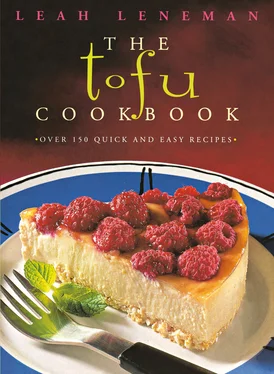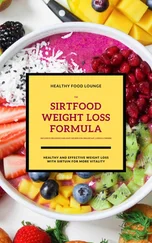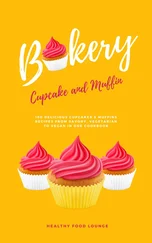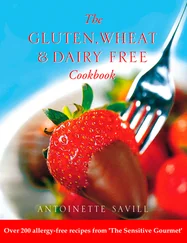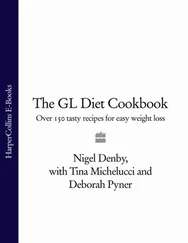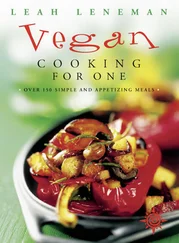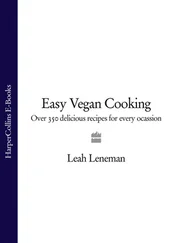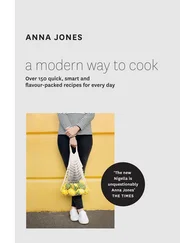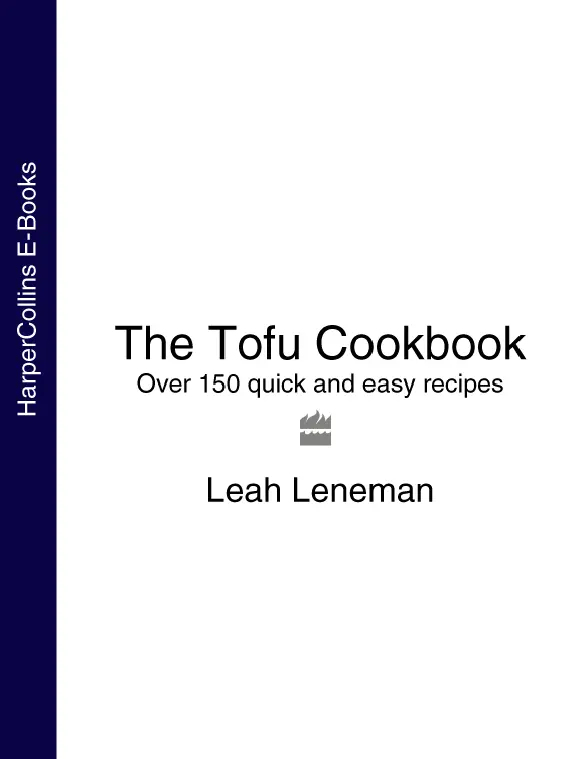
The Tofu Cookbook
Leah Leneman

Cover
Title Page The Tofu Cookbook Leah Leneman
Introduction
Types of Tofu
Other Soya (Soy) Foods
Notes on the Recipes
Making Tofu at Home
1 Soups and Dips
2 Salads
3 British- and American-style Dishes
4 Mexican-style Dishes
5 Mediterranean-style Dishes
6 Indian-style Dishes
7 Chinese-and other Far Eastern-style Dishes
8 Desserts
Recipe Reference Chart
Index
Also by the Author
Copyright
About the Publisher
Tofu – also known as soya (soy) bean curd – has been a staple food of the Orient for centuries. In recent years it has been growing in popularity in the West to a phenomenal extent. There are several reasons for this.
The first is its nutritional advantages. The modern Western diet, which is high in saturated animal fats and cholesterol, is strongly implicated in obesity and heart disease so many people are seeking alternatives. Tofu is high in protein yet low in calories and free of cholesterol. Puréed, it can provide a rich, creamy-tasting substitute for mayonnaise, soured cream, whipped cream and other dairy products, with a fraction of the calories. Mashed, it can be used in place of eggs with none of the cholesterol content. And, deep-fried or sautéed, it can provide the same service for dishes normally containing meat, fish or chicken.
Anyone tasting plain tofu for the first time is surprised at how bland it is, but it is this blandness which is one of its greatest assets since it can absorb any kind of flavouring. And, unlike soya (soy) beans themselves, tofu is very easy to digest, and can be eaten even by young children or the elderly with no harmful consequences. It is also low in cost.
Another reason more and more people are trying tofu is compassion. The public is gradually becoming aware of the full horrors of factory farming, and slowly realizing that even a lacto-vegetarian diet, which avoids slaughterhouse products, does not go far enough. The enforced continued lactation of cows, the separation of calf from cow (the former often going to the veal pen, the latter to produce milk for human consumption), and the battery cage are all part of the system. Cutting down on, or giving up, dairy produce is made much easier with the use of soya (soy) milk and tofu, and all the recipes in this book are dairy-free.
Not only animals, but human beings all over the globe would benefit from the change, for at present a large proportion of the world’s soya (soy) bean crop is fed to animals, an extremely inefficient use of global resources. Indeed, if the protein available from the soya (soy) bean crop grown today – let alone the additional amount which could be grown if more land were released from grazing livestock – were utilized directly by human beings, a large percentage of the world’s protein deficiency could be wiped out tomorrow. It should be emphasized that, unlike TVP-type meat substitutes, which require a fairly sophisticated technology, tofu is simple enough to be made in any home.
Of course, tofu sales would not be growing by such leaps and bounds were altruism the sole motive. People may care about their health, about animals, or about the world food problem, but few of them would care enough to go on buying ever-increasing amounts of tofu unless they actually liked it. Tofu is fun – it can be used in more interesting and varied ways than any other single food. The cook who is tired of tofu must be tired of life.
Конец ознакомительного фрагмента.
Текст предоставлен ООО «ЛитРес».
Прочитайте эту книгу целиком, купив полную легальную версию на ЛитРес.
Безопасно оплатить книгу можно банковской картой Visa, MasterCard, Maestro, со счета мобильного телефона, с платежного терминала, в салоне МТС или Связной, через PayPal, WebMoney, Яндекс.Деньги, QIWI Кошелек, бонусными картами или другим удобным Вам способом.
